NOTE: This post is part of a continuing series of observations: [ First | << Prev ]
There were a lot of big white birds at Lake Ray Hubbard on Sunday afternoon when I visited, but none of them were Whooping Cranes. After almost two hours of searching and waiting, it became clear that the two wayward Whooping Cranes from Louisiana were no longer in the immediate area.

The first email reports that something was amiss starting coming in on Saturday, June 8. Evidently, bird watchers at the lake on the afternoon of Friday, June 7 could not locate the cranes.
It would be Monday morning before the GPS Tracker reports would reveal what actually happened to the two young whoopers. From the looks of things the two cranes took to the air sometime Friday afternoon and moved from their normal haunts to the northern most part of Lake Ray Hubbard up near Wylie. Almost exactly six weeks from the day they arrived, the Whooping Cranes were on the move again!
They stayed in Wylie only briefly before moving on again. This time they wandered far and wide, and when they finally came to rest they were northwest of the metroplex. That was late Sunday afternoon. While I was tromping around in a snake infested marsh at Lake Ray Hubbard looking for them, the two restless Whooping Cranes were living it up in Wise County!
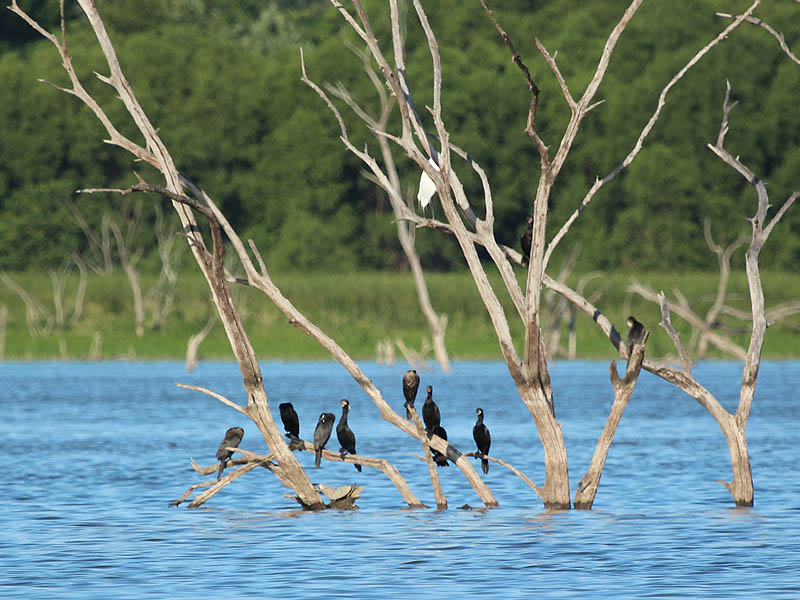


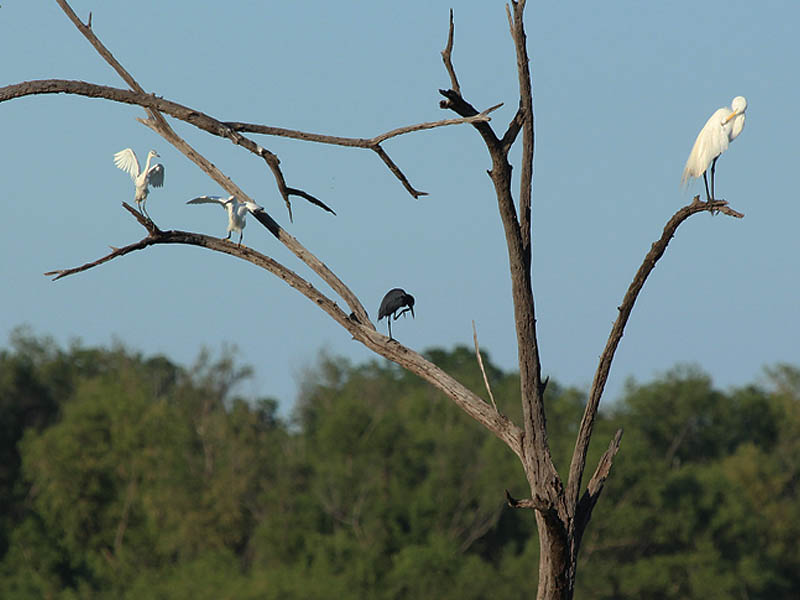
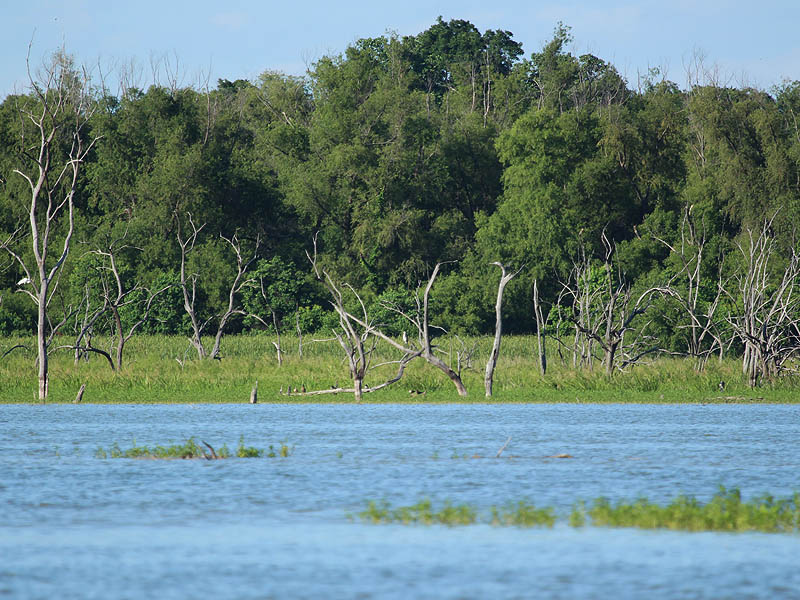
NOTE: This post is part of a continuing series of observations: [ First | << Prev ]


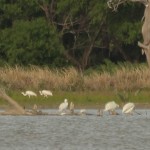
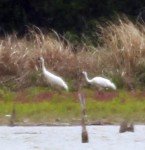
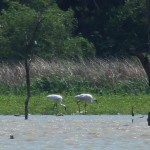


Is it surprising that they went west? I thought it was unusual that they were in our area, I would have expected them to venture in another direction.
Well, I don’t think it is any more surprising that the fact that they showed up at Lake Ray Hubbard in the first place! Odd behavior for Whooping Cranes for sure! From what I understand, these two birds are from an experimental effort to establish a NON-migratory population of cranes in Louisiana at White Lake. There was a similar attempt made in Florida, and what they saw there was a tendency for the young birds to wander off, just like the cranes at Lake Ray Hubbard have done. The Florida birds generally returned to their home site when they were ready to breed. The two whoopers at Ray Hubbard are first year subadults. They will not be ready to breed for another three years–at least that is my understanding. It is hard to predict how this pair will behave going forward.
Interesting! Thanks for the insight.